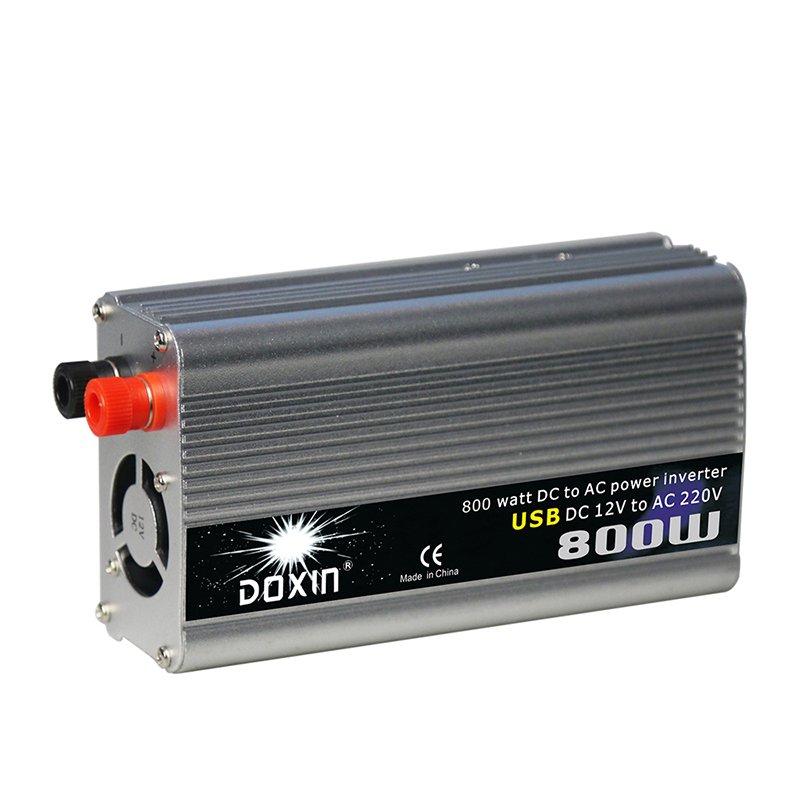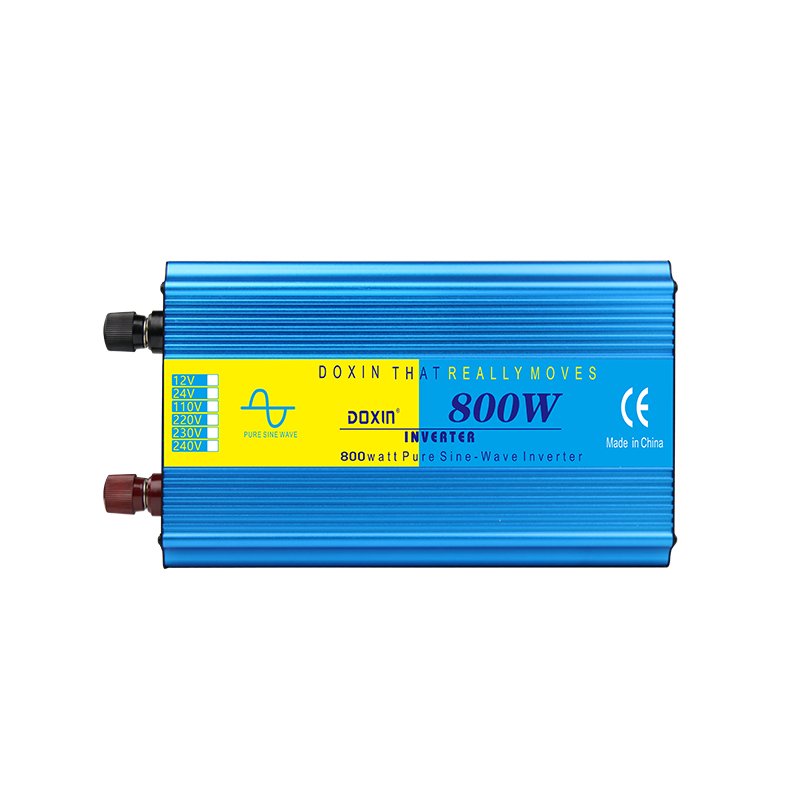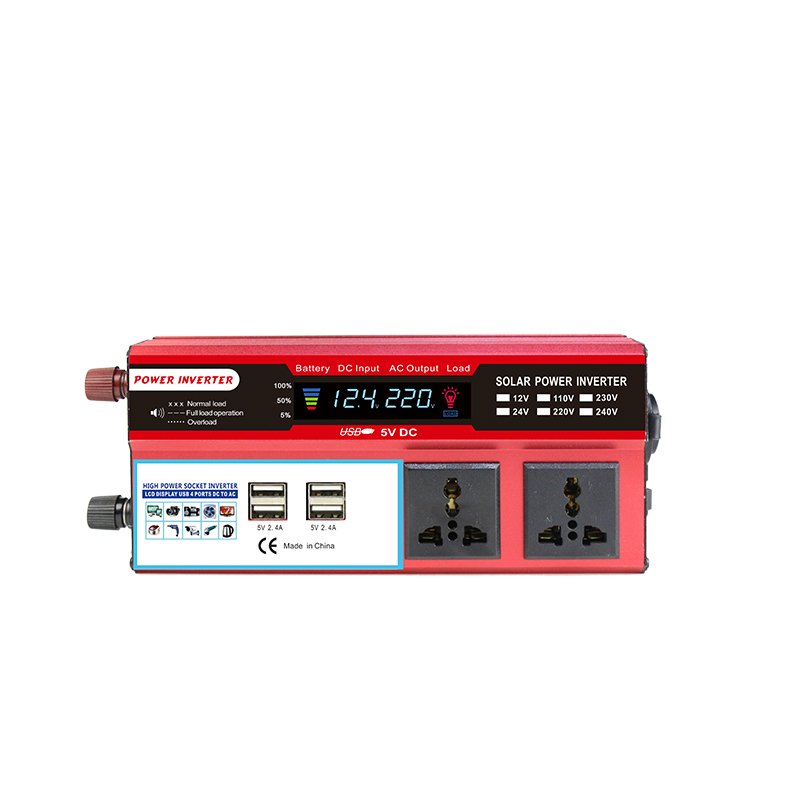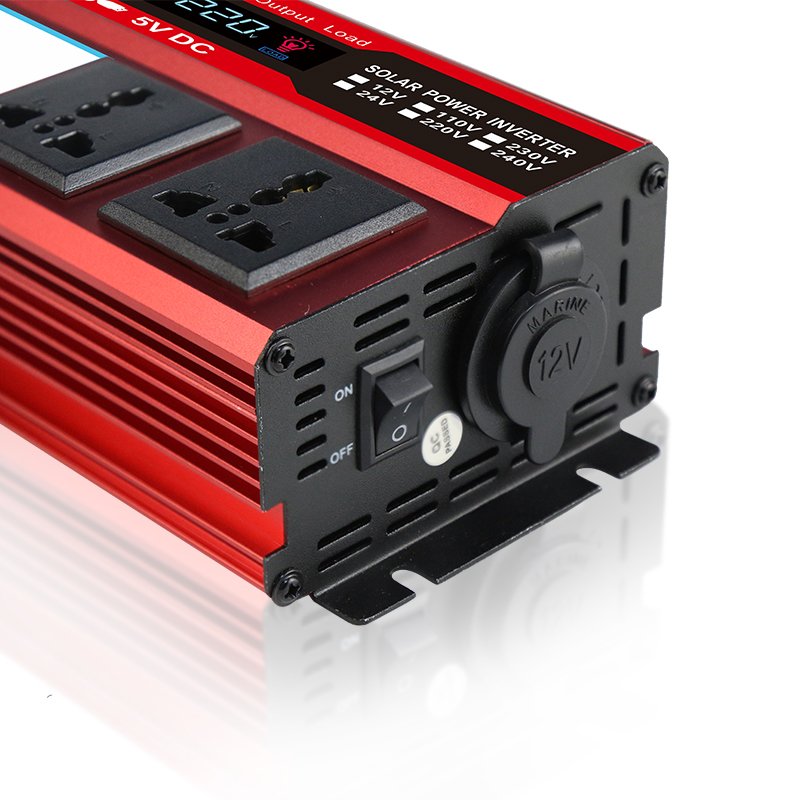Power Inverter Safety Precautions and Installation Tips
Using a power inverter requires careful attention to safety to prevent property damage, injury, or even loss of life. The 110 volts of current the inverter provides can be lethal if mishandled. To ensure safe usage, always read and follow the instructions in the Owner’s Manual for your inverter. Here are some general safety precautions and installation tips to keep in mind:
- Placement: Install the inverter on a reasonably flat surface, either horizontally or vertically.
- Location: Do not install the inverter in the engine compartment due to the risk of contamination from water, oil, or acid, as well as the excessive heat that can build up under the hood. There’s also the potential danger from gasoline fumes and the occasional spark that an inverter can produce. Instead, run battery cables to a dry, cool location for inverter installation.
- Keep It Dry: Ensure the inverter remains dry at all times. Avoid exposing it to rain or moisture. Never operate the inverter if you, the device being powered, or any nearby surfaces are wet. Water and other liquids can conduct electricity, posing a serious risk of injury or death.
- Avoid Heat Sources: Place the inverter away from heating vents, radiators, and other heat sources. Do not place the inverter in direct sunlight. The ideal operating temperature range is between 50°F and 80°F.
- Ventilation: To disperse heat generated during operation, ensure the inverter is well-ventilated. Maintain several inches of clearance around the top and sides for proper airflow.
- Flammable Materials: Avoid using the inverter near combustible materials. Please do not install it in areas where fumes or gases may accumulate, such as battery compartments.
By following these safety precautions and installation tips, you can reduce the risk of accidents and ensure the safe operation of your power inverter.




